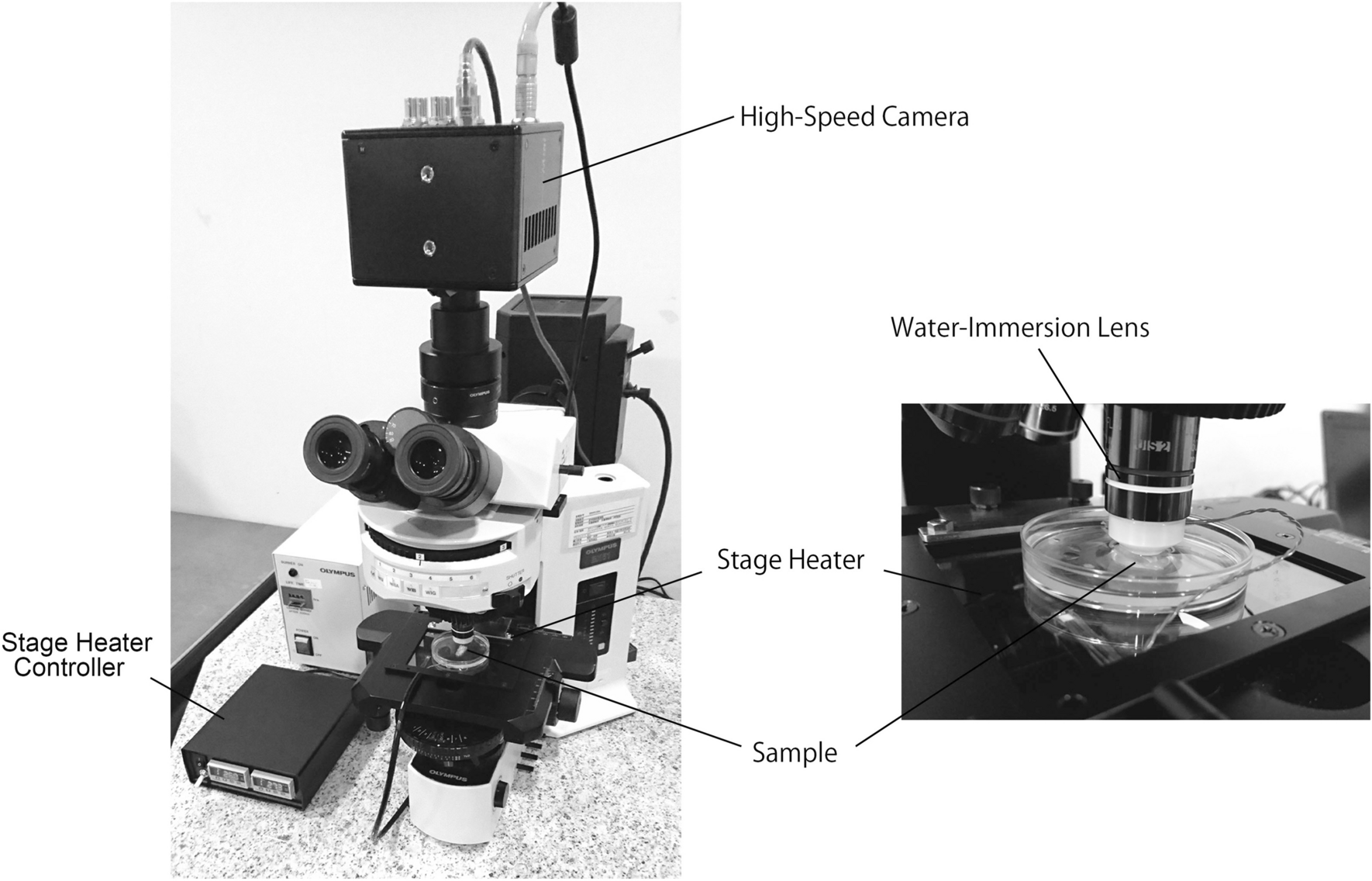

- #Fisher science education microscope imagej software movie
- #Fisher science education microscope imagej software install
- #Fisher science education microscope imagej software mac

Step through the slices in each dimension by dragging the sliders in the window, or with the keyboard: Individual images in a stack are called slices.Ī hyperstack is a dataset with multiple dimensions – e.g.
#Fisher science education microscope imagej software movie
A confocal z series and a time-lapse movie are examples of stacks.
#Fisher science education microscope imagej software mac
To find out how much physical memory you have:Īpple menu > About This Mac and look next to Memory. If you still run out of memory, open the file as a virtual stack by checking the box in Bio-Formats Import Options. Set Maximum Memory to 75% of your physical memory (RAM). To increase the memory that ImageJ can use, Edit > Options > Memory and Threads. z stacks, tiled images, time-lapse videos) may cause ImageJ to run out of memory. Increasing memory to work with large files for phase-contrast or DIC), set all the sliders to 255. In the example below, the first channel is blue and the last channel is magenta. Usually, this is in increasing order of wavelength (blue, green, red, far-red, transmitted). The channels will be in the order they were acquired. Then, set the color scheme for each channel using the Red, Green, Blue component sliders as shown below. Under Color options, choose Color mode: Custom. (To change colors after opening the image, use the Channels Tool.) If your channel colors come out wrong, you can fix them when you open the image with Bio-Formats. If you have problems, set the options as shown below. To deal with the many possible kinds of images, Bio-Formats displays Import Options when you open a file. That means you do not have to convert your files into TIFF to use them in ImageJ - in fact, it's better to keep them in the original format. Not only does it read the image data, it also understands the scale information and lets you view details about the image acquisition. To make sure Bio-Formats is used, Edit > Options > ImageJ2 and uncheck Use SCIFIO when opening files.īio-Formats is a plugin, included in the Fiji package, that interprets commercial image formats - such as those from microscopes. In most cases, Bio-Formats is recommended for microscope images.
#Fisher science education microscope imagej software install
Install Fiji in a user directory (such as your Desktop or Documents folder), not Program Files or Applications.


 0 kommentar(er)
0 kommentar(er)
